Gutter Guards: Do They Work All Year?
Homeowners know the frustration of dealing with clogged gutters and having to call professional gutter cleaning. Overflowing water, sagging gutters, and even potential property damage are all too common when gutters become obstructed with leaves, twigs, and other debris. Gutter guards promise to be the ultimate solution to this problem. But how effective are they throughout the year, especially in winter?
In this blog, we’ll explore how gutter guards perform across different seasons and whether they truly live up to their claims.
How Gutter Guards Work
Gutter guards are designed to prevent debris from entering your gutters while allowing water to flow freely. They act as a barrier that filters out leaves, twigs, and other debris, ensuring that your gutters remain clear and functional.
Here are the main types of gutter guards and their pros and cons:
Mesh Gutter Guards
Mesh gutter guards feature a fine screen that blocks debris while letting water pass through.
- Pros: Highly effective at keeping out small debris like pine needles. Compatible with Colorbond gutters.
- Cons: Can require regular cleaning to prevent clogs on the mesh itself.
Foam Gutter Guards
These are made of porous foam that fits inside the gutter, allowing water to pass through while blocking debris.
- Pros: Easy to install and affordable.
- Cons: Can trap small particles over time, leading to potential buildup and mold.
Brush/Bristle Gutter Guards
These consist of bristles that sit in the gutter, preventing debris from settling while water flows around them.
- Pros: Effective against larger leaves and twigs. Easy to remove and clean.
- Cons: May not block finer debris and can require frequent cleaning.
Gutter Guards in Different Seasons
Spring
In spring, gutters face challenges from pollen, blossoms, and small leaves. Gutter guards excel in preventing these smaller particles from accumulating, reducing the need for frequent cleaning. However, occasional checks are recommended to ensure optimal performance.
Summer
During summer, gutters may encounter larger leaves, twigs, and debris from summer storms. Gutter guards help minimize blockages, ensuring that heavy rainwater flows freely. However, intense storms might still push some debris through, so a mid-summer inspection is wise.
Autumn
Autumn is a critical season for gutters as falling leaves can quickly clog them. Gutter guards are particularly effective during this time, significantly reducing leaf buildup and the associated risks of overflow and damage.
Winter
Winter poses unique challenges for gutter guards, raising the question: do they work effectively in cold weather? The short answer is yes, but with caveats.
- Snow and Ice Buildup: Certain types of gutter guards can accumulate snow and ice, potentially leading to blockages or added weight on the gutters. This is especially true for mesh and foam guards.
- Pre-Winter Maintenance: It’s essential to clean your gutters thoroughly before winter, even if you have guards installed. This ensures they’re free of any debris that could freeze and exacerbate clogs.
Addressing Concerns About Winter Performance
Some homeowners wonder, “Are gutter guards bad in winter?” The answer is no, as long as you choose the right type for your climate and maintain them properly. High-quality guards designed for cold weather can handle snow and ice better, ensuring they remain effective year-round.
The Importance of Professional Gutter Cleaning and Maintenance
Even with gutter guards, regular maintenance is essential to ensure they perform effectively. Jim’s Mowing NZ offers professional gutter cleaning services to help homeowners keep their gutters in top condition.
Benefits of Professional Gutter Cleaning:
- Thorough Debris Removal: Professionals can remove debris that might sneak past the guards.
- Damage Inspection: They check for damage or wear that could compromise gutter performance.
- Ensuring Proper Water Flow: By clearing any blockages, they prevent potential water damage to your property.
Pre-Winter Preparation
Jim’s Mowing NZ also offers pre-winter gutter cleaning services, ensuring your gutters are clear before the first frost. This proactive approach minimizes the risk of winter-related issues and keeps your home protected from potential water damage.
Installing Gutter Guards
DIY Installation
For handy homeowners, installing gutter guards yourself can be a cost-effective option. However, it requires precise measurements and proper fitting to ensure they work as intended.
Professional Installation
Professional installation guarantees a perfect fit, optimal performance, and often includes a warranty. If Jim’s Mowing NZ provides installation services, their expertise ensures your gutter guards are installed to withstand all weather conditions.
In Summary
Gutter guards can be an effective solution to year-round gutter maintenance, significantly reducing the frequency of clogs and the associated risks. However, they’re not a set-it-and-forget-it solution. Regular maintenance, especially before winter, is crucial to keep your gutters functioning optimally.
Professional services like those offered by Jim’s Mowing NZ provide peace of mind, ensuring your gutters are clean, damage-free, and ready to handle any season. Don’t let clogged gutters become a headache – call Jim’s Mowing NZ at 0800 454 654 or visit our website to schedule your gutter cleaning or installation service today!



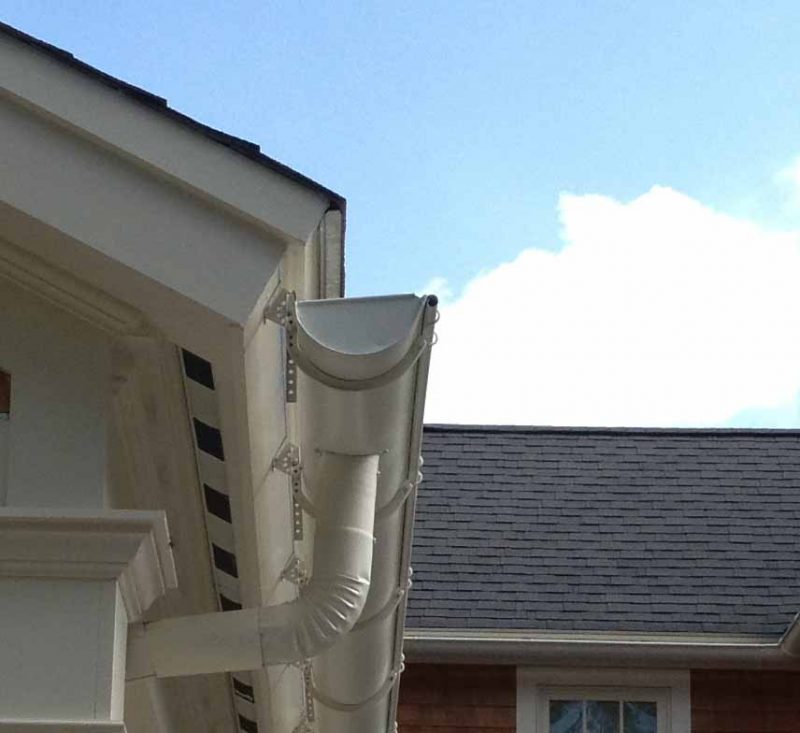
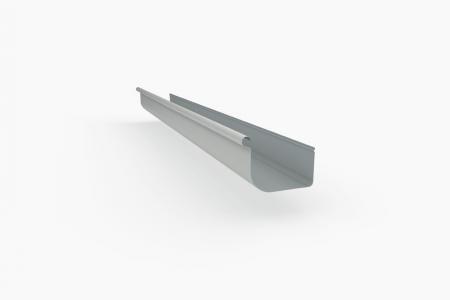
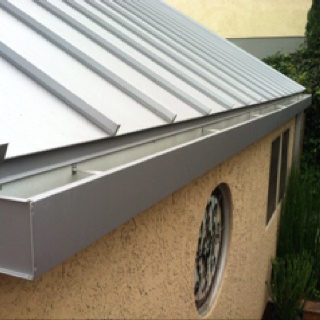
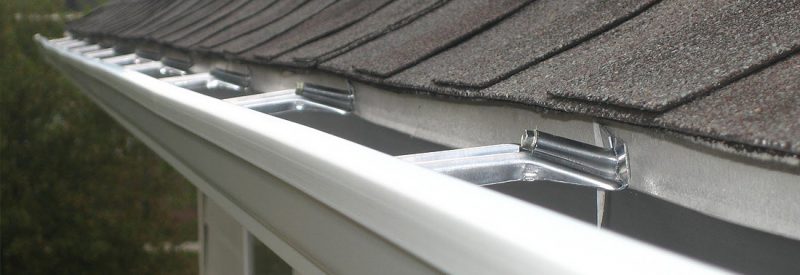
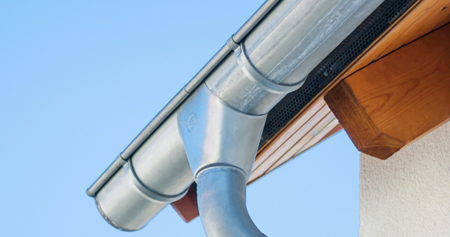
 Dirt build-up in the gutter system causes a myriad of problems when neglected. Not only does it cause roof and gutter damage, but it also leads to serious structural damage. This is why it is essential to have the gutter system cleared up at least twice a year.
Dirt build-up in the gutter system causes a myriad of problems when neglected. Not only does it cause roof and gutter damage, but it also leads to serious structural damage. This is why it is essential to have the gutter system cleared up at least twice a year. The Extent of Coverage
The Extent of Coverage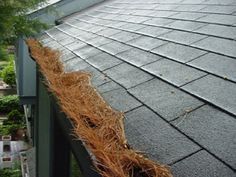
 A building’s gutters may not exactly be eye-catching, but these certainly perform a vital role.
A building’s gutters may not exactly be eye-catching, but these certainly perform a vital role. But just like any other part of a house, the gutters need to be cleaned and maintained in order to ensure their optimal performance. Over time, leaves, twigs and small branches, and other types of debris can collect in the gutters.
But just like any other part of a house, the gutters need to be cleaned and maintained in order to ensure their optimal performance. Over time, leaves, twigs and small branches, and other types of debris can collect in the gutters. Rainwater can also leak into the basement if the gutters are not cleaned and therefore cannot function optimally. The excess water can get to the basement and lead to various problems like gas leaks and electrical shocks.
Rainwater can also leak into the basement if the gutters are not cleaned and therefore cannot function optimally. The excess water can get to the basement and lead to various problems like gas leaks and electrical shocks. Protecting Your Gutters
Protecting Your Gutters Gutter guards offer the following specific benefits:
Gutter guards offer the following specific benefits: Choosing the Best Gutter Protection System for Your Home
Choosing the Best Gutter Protection System for Your Home
